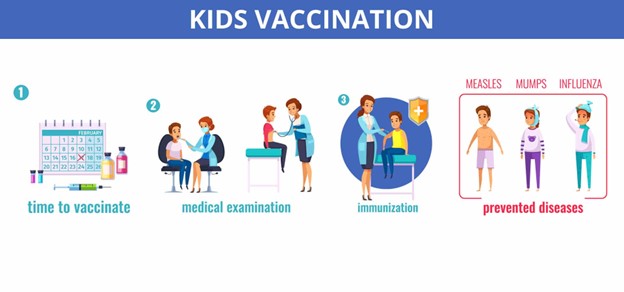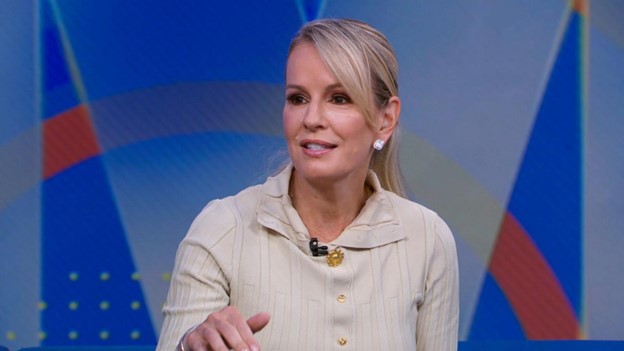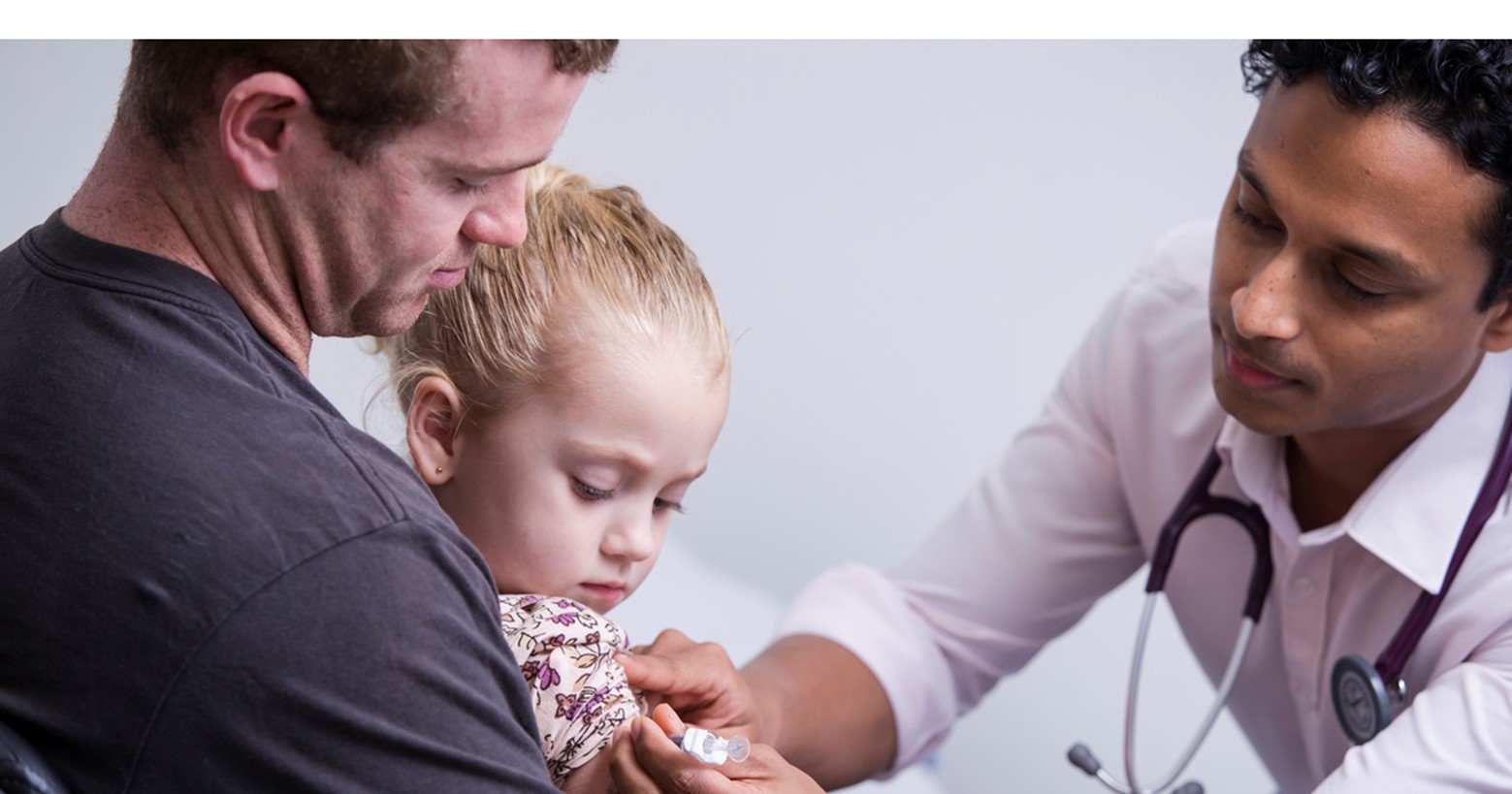Vaccination plays a vital role in safeguarding the health of children worldwide, preventing infectious diseases and saving lives. The World Health Organization (WHO) is at forefront of efforts to increase child vaccination coverage, ensuring that every child has access to life-saving vaccines. Let delve into WHO’s initiatives, strategies, and impact on enhancing vaccination rates and protecting global health.
1. Importance of Child Vaccination:
Childhood vaccination is a cornerstone of public health, providing protection against infectious diseases such as measles, polio, and dtheria. Vaccines not only benefit individual children by boosting their immunity but also contribute to community immunity, reducing the spread of diseases and preventing outbreaks.
2. Global Immunization Goals:
The WHO, in partnership with global health organizations and governments, sets immunization goals to increase vaccination coverage and reach vulnerable populations. These goals aim to ensure that all children receive essential vaccines on schedule, regardless of their socio-economic status or geographical location.

3. Vaccine Access and Equity:
Ensuring equitable access to vaccines is a core principle of WHO’s vaccination efforts. By addressing barriers such as cost, availability, and awareness, WHO strives to reach underserved communities, remote areas, and marginalized populations to provide them with lifesaving vaccines and protect them from preventable diseases.
4. Immunization Campaigns:
WHO spearheads immunization campaigns that target specific diseases or age groups, such as measles rubella vaccination drives or polio eradication initiatives. These campaigns mobilize resources, raise awareness, and engage communities to promote vaccination as a public health priority and address gaps in coverage.
5. Vaccine Safety and Efficacy:
Ensuring the safety and efficacy of vaccines is a top priority for WHO. Before vaccines are introduced into national immunization programs, WHO conducts rigorous evaluations of their safety, effectiveness, and quality, providing assurance to healthcare providers and the public that vaccines are reliable and beneficial for children’s health.
6. Surveillance and Monitoring:
WHO monitors global vaccination coverage through surveillance systems that track immunization rates, outbreaks of vaccine-preventable diseases, and vaccine effectiveness. This data informs public health strategies, identifies areas of improvement, and guides decision-making to optimize vaccination programs and protect vulnerable populations.
7. Training and Capacity Building:
Capacity building is essential for strengthening immunization programs and enhancing healthcare provider skills in vaccine administration, storage, and monitoring. WHO offers training, guidance, and technical assistance to healthcare workers and partners to ensure the quality delivery of vaccines and the maintenance of cold chain systems.
8. Public Awareness and Education:
Raising public awareness about the importance of vaccination is key to increasing acceptance and uptake of vaccines. WHO conducts advocacy campaigns, educates communities about the benefits of immunization, and dispels myths and misconceptions about vaccines to promote confidence in vaccination and protect children’s health.
9. Collaboration and Partnerships:
Collaboration with governments, non-governmental organizations, and vaccine manufacturers is crucial for achieving global immunization goals. WHO works closely with partners to mobilize resources, leverage expertise, and coordinate efforts to address challenges in vaccine access, delivery, and uptake, fostering a collective commitment to protecting children’s health.

10. Impact of WHO’s Vaccination Efforts:
WHO’s commitment to increasing child vaccination coverage has yielded significant results in reducing vaccine-preventable diseases, improving child health outcomes, and saving lives. Through its advocacy, technical assistance, and leadership, WHO continues to drive progress in global immunization efforts, ensuring that every child has the opportunity to thrive in a world protected from preventable diseases.
Conclusion:
WHO’s efforts to increase child vaccination coverage are instrumental in protecting children’s health, preventing diseases, and promoting global well-being. By prioritizing equitable access to vaccines, strengthening immunization systems, and fostering partnerships, WHO advances the goal of achieving universal vaccination coverage and ensuring a healthier future for children worldwide.




